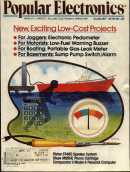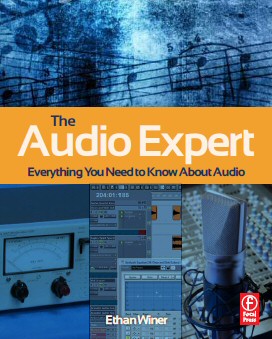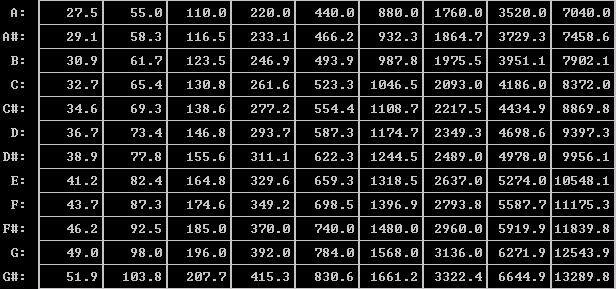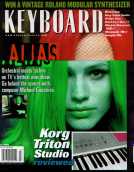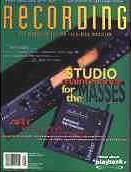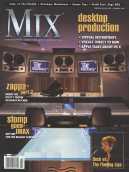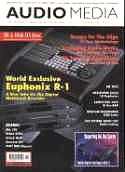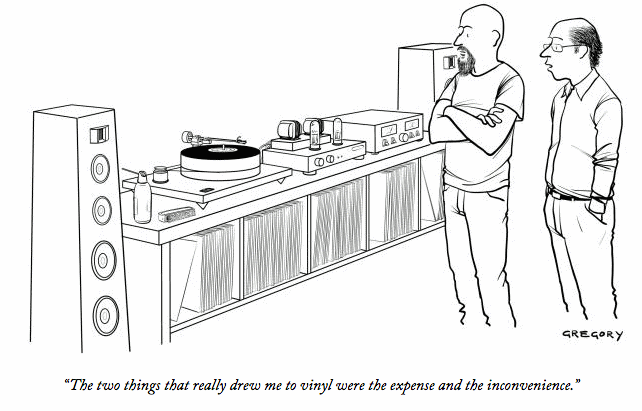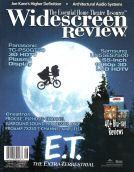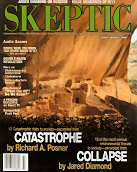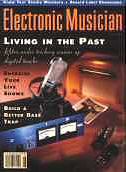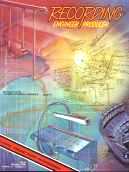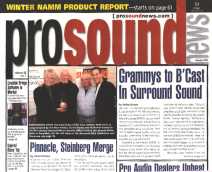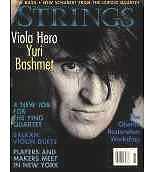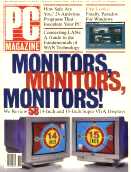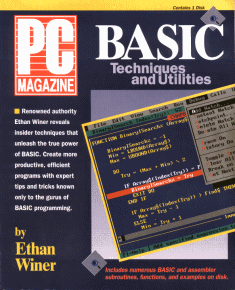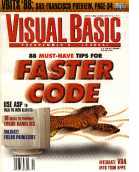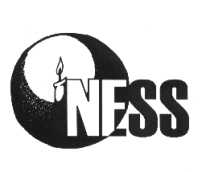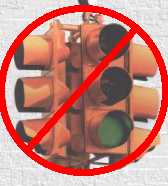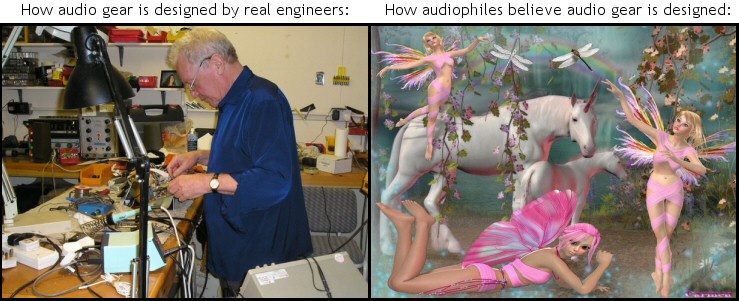 Over the
years I've written many times about the relation of audio "gear" sound quality,
audiophile beliefs, the frailty of human hearing, and the importance of room acoustics. My
article Audio Minutiae from Recording
Magazine brings these all together in one place to give a good summary of my findings and
opinions. The articles and videos below provide more depth and detail.
I was honored to present a workshop at the AES show in October 2009
that dispelled many common audio myths. Here's a video version of that workshop on
YouTube: AES
Audio Myths Workshop
In 2013 I hosted another AES workshop, this time explaining how
audio devices are spec'd and tested. A video version is available on YouTube: AES Lies, Damn Lies,
and Audio Gear Specs
I found the explanation for seemingly unreasonable audiophile
beliefs, and I describe it here in detail.
In the article Why Doesn’t My Stereo Sound Like a Live Concert? for
audioXpress magazine I address this question that's so common in hi-fi audio forums.
There are two ways to assess the quality of audio devices: measuring
and listening. Measuring is usually the better choice because the results are absolute,
and repeatable because they avoid the vagaries of human hearing perception. But when
measuring isn’t practical or possible, a listening test using a music source is
perfectly fine. This article for ProSoundWeb explains what's needed to do a Proper
Listening Test.
My article Stop Worrying About Wire! in
Sound On Sound magazine explains the basics of wire with the simple aim to save consumers
money.
As a follow-up to the Wire article above for Sound on Sound, I made The Null Tester video that proves beyond all doubt
that the tested signal wires pass audio identically. Then a few months later I wrote THIS article for audioXpress magazine.
Many people believe the absolute polarity of audio
signals is audible, but the short article Ear IM Distortion
shows that this effect is caused by distortion in our ears. Perhaps even more significant,
the audio examples provided also disprove the common myth that our "brain" lets
us hear the correct pitch of a musical note even if it's missing the fundamental
frequency.
My article Perception - the Final
Frontier from Tape Op magazine is a must-read, and it received praise from such
noted engineers as Thomas Barefoot and Bob Clearmountain.
Digital audio converters and sound cards have improved enormously
over the years, and even budget models these days are clean enough to capture and
reproduce music accurately. Yet some people still believe you must spend thousands
of dollars per channel to get acceptable quality. Play the files in my Converter Loop-Back Tests and find out what you can hear - if you
dare!
Debate rages in both audiophile and professional audio circles about
the importance of low-level artifacts such as distortion, jitter, quantization noise, and
summing errors in DAW software. My Artifact Audibility
article addresses the audibility of very soft distortion and other artifacts,
and includes Wave files you can download to discover for yourself at what volume level
these can be heard.
This related Artifact
Audibility article for Mix magazine explains more about how and why
we hear artifacts at various volume levels.
Even more debate rages about the value of high-end gear
versus more affordable choices. In June 2010 I got together with several friends to test
three A/D/A converters - the description, result files, and a link to a YouTube video are
in this Converters Comparison report.
Here's another "challenge" article with files that lets
you compare 24/96 "high definition" audio against the same
content at standard 16/44 CD quality. So please read the short article High Definition Audio, download the test files, and email me your
choices!
Conventional wisdom says that setting digital record levels to
peak around -20 dB below full scale sounds better than recording at levels closer to the 0
dB maximum. But is this really true, or just another Internet myth? Read The Truth About Record Levels and download the example files to find
out for yourself.
In What Happened to Hi-Fi? I lament how audiophiles
seem to lack interest in the technical aspects of their hobby.
If you've ever wondered about phase shift and how
it's used in audio circuits, here is a mini-article I wrote
that explains the role of phase shift in equalizers. Also see the fabulous article by
David Clark here that details his tests on the audibility of
phase shift.
Many people claim that early digital audio sounded terrible.
But is that really true? The article Early Digital Audio
lets you judge this for yourself.
Because I'm outspoken about audio fakery, I've been banned
and censored at a number of audiophile type forums. The article The Trouble With Audio Forums may seem self-serving, but it explains
what goes on at too many online forums.
Every successful audio engineer knows how to get a good sound, but
the lack of a solid technical foundation prevents many from fully understanding why
what they do works. The result is endless arguments over the value of gold-plated
connectors and audiophile speaker cable. I wrote Dispelling
Popular Audio Myths for Audio Media magazine in 1999 to help put things into
perspective, and separate fact from fiction.
After seeing my Myths article above, Skeptic magazine asked me to
write an updated version but with a slant toward audiophiles, and Audiophoolery was the result. More than just a rehash of the
same ideas, this one also identifies the only four parameters that define everything
that matters with audio.
As long as we're busting myths, THIS more recent
article I wrote for PS Audio covers additional territory, and provides a nice summary
of how audio fldelity is defined.
Here's another myth: the common advice to always keep audio
and AC power wires separate is often oversold. My report with audio example
appears in this article from Live
Sound International magazine.
Everyone knows that 24-bit recording is
better than 16, right? But is recording at 24 bits really worth the added overhead of half
again more disk space and CPU power? Can anyone really hear a difference?
More important, can you hear any difference? Here is your chance to find out.
My Dither Test is similar in concept
to the 24-bit test above, but instead invites you to try to tell which portions of a file
have been reduced from 24 bits to 16 bits via truncation, and which parts were
reduced using dither.
I admit that my Soda Blind Test
is not about audio magic, but it's not totally unrelated. The lesson learned here applies
equally to hearing, and possibly other human senses.
Sean Olive is a well-known audio scientist, and his blog entry The Dishonesty of Sighted Listening Tests explains the
importance of listening blind when assessing audio quality.
Douglas Self is another expert audio engineer and myth debunker. His
page Science
and Subjectivism in Audio is excellent and highly recommended.
Just for fun I made the R-Rated video Acoustic Treatment Exposed to explain the basics
of acoustic treatment.
If you are offended by total female nudity, PLEASE
DO NOT VIEW this video. Everyone else, I hope you have as much fun watching as I had
making it.
Speaking of R-Rated education, this short article explains the
physics principles of Harmonic Motion. |

